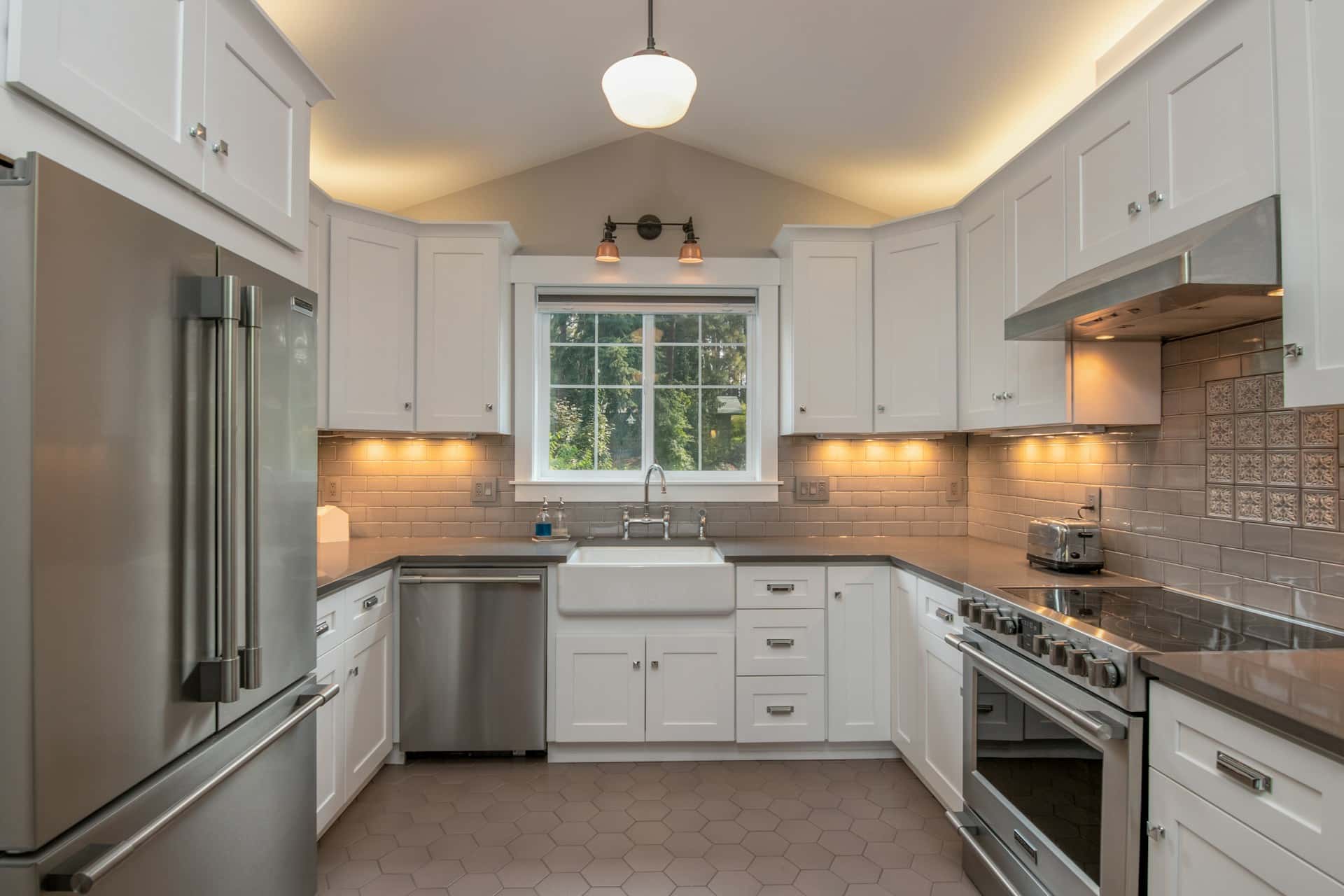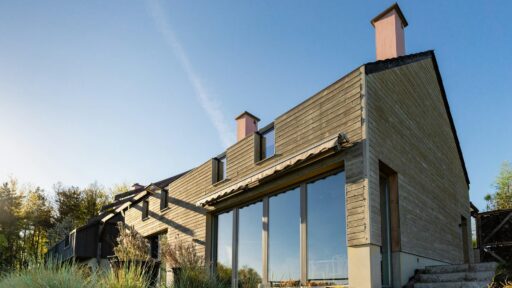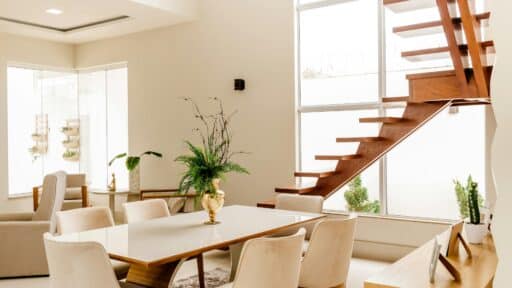A kitchen is more than just a place to cook; it is the heart of the home. From preparing daily meals to gathering with friends and family, the kitchen often sets the tone for your home’s functionality and style.
However, even the most charming kitchens can become outdated or inefficient over time. Upgrading your kitchen is a perfect way to enhance both aesthetics and utility, but tackling a remodel can feel overwhelming.
Fortunately, Los Angeles experts have shared practical tips and tricks that can simplify the process while ensuring a beautiful, functional result.
Assessing Your Kitchen Needs
Before diving into design trends or material choices, it is crucial to evaluate your kitchen’s current layout and functionality. Consider what works and what doesn’t. Are your cabinets sufficient for storage? Is there enough counter space for meal preparation? Do you find yourself maneuvering around awkward layouts or outdated appliances? Identifying these pain points will guide your renovation decisions and help you prioritize changes that make the biggest impact.
In addition, think about your lifestyle. A family that cooks elaborate meals daily will have different needs than someone who primarily uses the kitchen for quick breakfasts or entertaining guests. By aligning your remodel with how you actually use your space, you can ensure that your investment improves both efficiency and enjoyment.
Planning Your Budget and Timeline
Remodeling a kitchen in Los Angeles can range from a modest update to a full-scale overhaul. Establishing a realistic budget is critical. Include costs for materials, labor, permits, and potential unforeseen expenses. Many homeowners find it useful to allocate a contingency fund of 10-15% of the total budget to cover surprises such as structural repairs or plumbing issues.
Equally important is setting a practical timeline. Rushing a kitchen remodel often leads to mistakes and compromises. Discuss your project schedule with your contractor to understand the sequence of tasks—from demolition and structural changes to installation of cabinetry and appliances. A well-planned timeline ensures the remodel proceeds smoothly and minimizes disruption to your daily routine.
Choosing the Right Layout
The layout is the backbone of a functional kitchen. Popular configurations include the L-shape, U-shape, and galley, each with its advantages depending on the available space.
Consider the classic “work triangle,” which positions the sink, stove, and refrigerator in a way that minimizes unnecessary movement. Optimizing workflow in your kitchen can greatly enhance efficiency and make cooking more enjoyable.
Open-concept kitchens are particularly popular in Los Angeles, blending the kitchen seamlessly with dining and living areas. This design fosters social interaction and makes smaller spaces feel larger. However, open layouts require careful planning to ensure sufficient storage and counter space without sacrificing aesthetics.
Selecting Materials and Finishes
Material choice is a critical aspect of kitchen remodeling. Countertops, cabinets, and flooring not only define the style of your kitchen but also impact its durability and maintenance.
Quartz and granite remain popular for countertops due to their resilience and low maintenance, while hardwood and tile flooring offer warmth and easy cleaning.
Cabinetry is another focal point. Solid wood cabinets are timeless and robust, while modern laminate or thermofoil options offer a more budget-friendly alternative with a variety of finishes. Hardware, lighting, and backsplash tiles can elevate the overall design, adding texture, color, and visual interest to the space.
Hiring the Right Professionals
A successful kitchen remodel often depends on choosing the right professionals. From contractors and designers to electricians and plumbers, skilled experts ensure the work is completed to high standards.
Homeowners in Los Angeles frequently turn to reputable services for guidance and execution. If you are considering a major kitchen renovation, working with specialists in Los Angeles kitchen remodeling can help you navigate design choices, material selection, and project management efficiently. Their expertise often results in a smoother process, fewer unexpected issues, and a more satisfying outcome.
Maximizing Storage and Functionality
Storage solutions are a cornerstone of a practical kitchen. Clever cabinet designs, pull-out shelves, lazy Susans, and vertical organizers can dramatically improve accessibility and declutter countertops. Islands and peninsulas serve multiple functions—offering additional prep space, seating, and storage.
Incorporating under-cabinet lighting or strategically placed outlets can further enhance convenience and usability.
Adding Style and Personal Touches
While functionality is paramount, aesthetics should not be overlooked. Color palettes, lighting, and decorative elements all contribute to a kitchen’s character. Trendy yet timeless design choices, such as subway tiles, shaker-style cabinets, or statement lighting fixtures, can create a welcoming ambiance.
Personal touches like open shelving for curated displays or customized backsplashes can reflect your taste and make the space truly yours.
Conclusion
Remodeling a kitchen is an opportunity to combine practicality with style, creating a space that enhances both daily routines and social gatherings.
By carefully assessing your needs, setting a realistic budget, choosing an efficient layout, selecting durable materials, integrating smart technology, and enlisting skilled professionals, you can achieve a kitchen that truly elevates your home.
Whether you aim for a modern, minimalist space or a warm, traditional atmosphere, thoughtful planning and expert guidance make all the difference.








